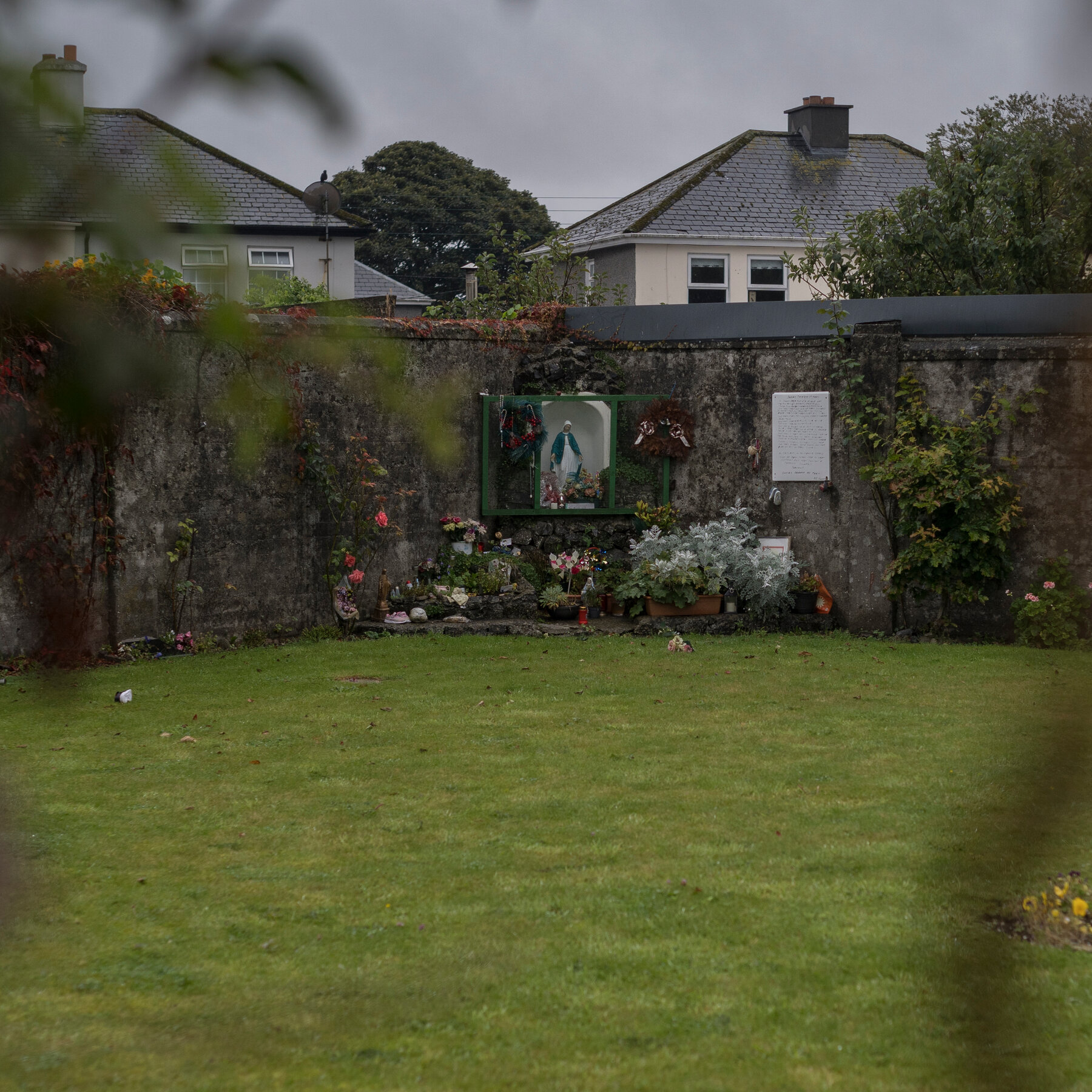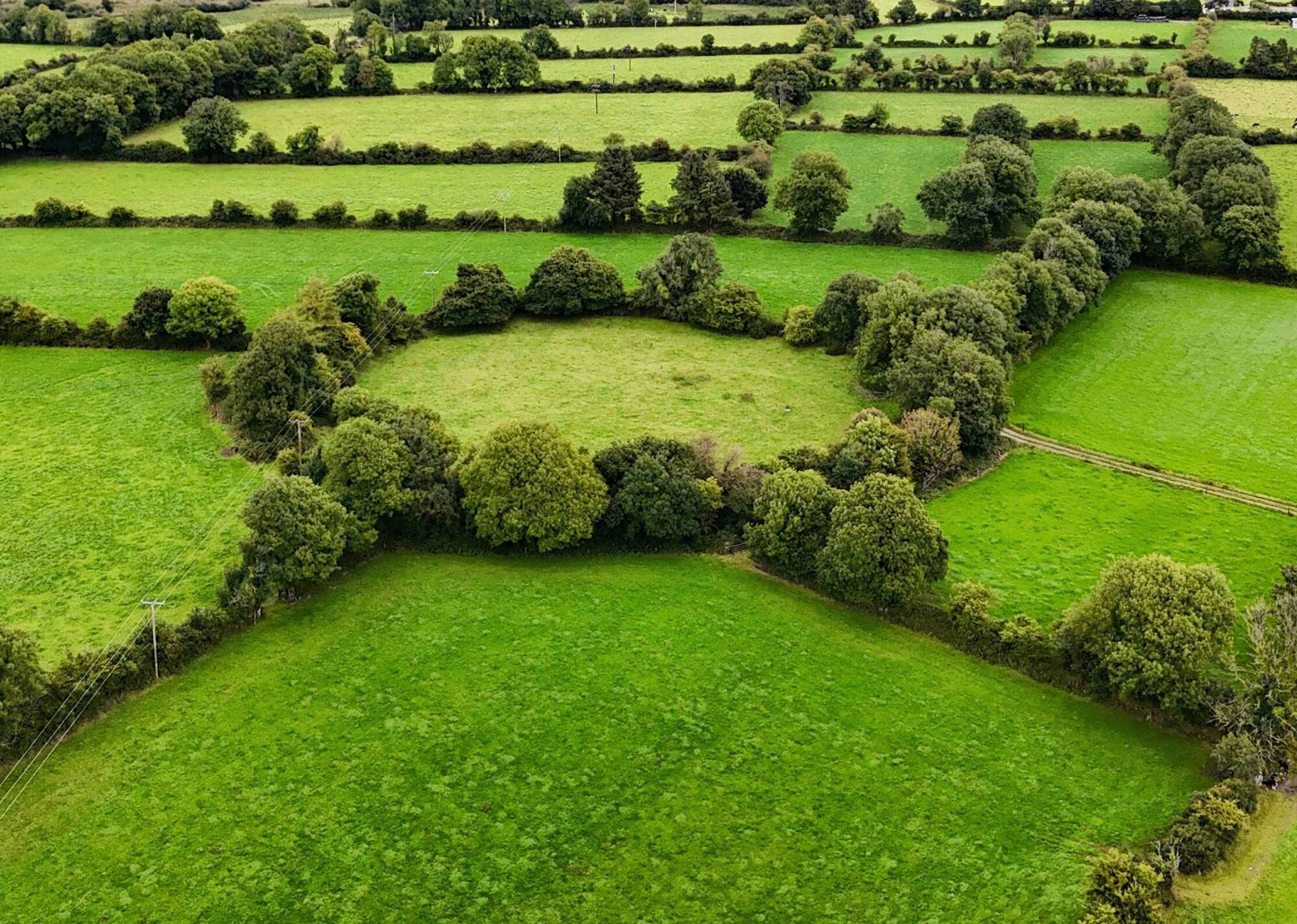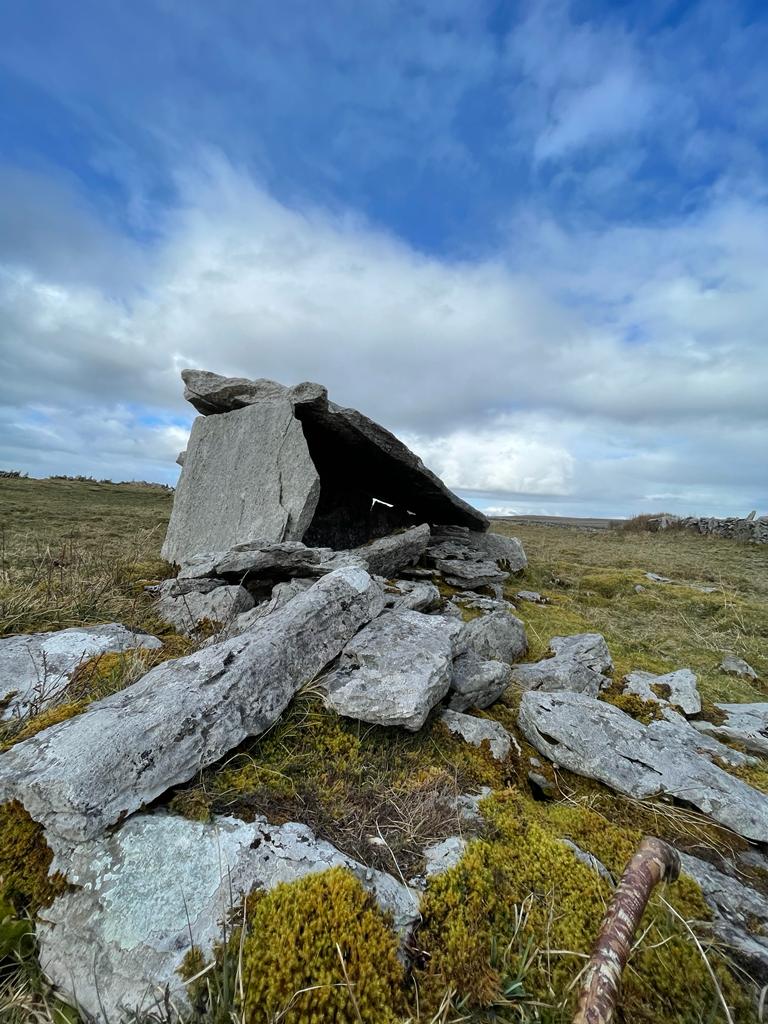The Irish funeral is a cultural phenomenon known worldwide for its distinctive approach to death, particularly within a deeply Catholic society. The classic image is one of revelry, joy, shared stories, and drinking. Ireland’s approach to death is remarkably honest and open—viewing it not as an end but as the next step, addressing
it with frankness and often humour. Less known, however, is the deep power struggle and privilege underlying the landscape of Irish burial. A complex prism of power exists between the patriarchy, English colonisation, and the Catholic Church, with each institution simultaneously upholding and opposing the others, creating an intricate landscape both politically and physically. These institutions wield burial grounds and societal concepts of death as instruments of power against those deemed unworthy. This essay examines this dynamic through three sites: the Catholic cemetery, mass graves, and cilliní. The study spans millennia of rituals and power struggles, exploring the manifestations of power and resistance within these spaces. |



